
Cooperation partners
In case you already have cooperation partners RedCabin highly recommends you to speak to your partners (airlines, leasing companies, OEMs, suppliers, or academic & research institutions) that are involved in your project before you take any action with applying to the RedCabin Trinity Award. This way you make sure that everyone involved will be onboard the competition and you prevent your partners from being neglected. When it comes to filling out the application from you will then already know who to nominate – e.g. one or two main applicants or one main applicant and several cooperation partners.
About the content of your application
A.1. File formalities:
Entries must include a digital PDF or PPT-document of max. 1500 words/ 9500 characters (five pages) including a maximum of seven photos/graphics describing the entry. Integrating a link for a short video is also possible. The text must start with a very short summary about your innovation. Do not mention the category you apply for as the Screening Executive Board might suggest you anther category during the pre-selection.
A.2. Content
First of all, you are going to explain your innovation by providing all relevant technical information (Feasibility with respect to FAA/ EASA; Market need; Performance; Patent situation) and to answer also the question if you know about any competitive concept or product. Explain your innovation including the specific requirements in every single category, which you will find in the definition of each category. Please also provide the following information:
• Explain the specific benefit for the passenger.
• Explain the specific benefit for the end-user (e.g. for the airline, the leasing company or the MRO company).• Define the Unique Selling Point (USP) of your innovation.
• Describe the technological breakthrough of your innovation
• Explain your challenges and what your constraints are with regard to this innovation, if there are any.
• The innovative concept should have a 75% chance to become a product within two years. This will be examined by taking into account the TRL (Technology Readiness Level)criteria. Describe the level and the timeline to TRL 9 starting with TRL 1.
o TRL 1: Basic principles observed and reported
o TRL 2: Technology concept and/or application formulated
o TRL 3: Analytical and experimental critical function and/or characteristic proof of concept
o TRL 4: Component and/or breadboard validation in laboratory environment
o TRL 5: Component and/or breadboard validation in relevant environment
o TRL 6: System/subsystem model or prototype demonstration in a relevant environment
o TRL 7: System prototype demonstration in an operational environment
o TRL 8: Actual system completed and ‘flight qualified’ through test and demonstration
o TRL 9: Actual system ‘flight proven’ through successful mission operations
• Especially for the Sustainability Concept category please provide all answers that are requested in the definition of the category.
Please neglect any information about your company except for your application in the category Collaboration Excellence.
B.1. File formalities for press & public relations
Ideally you are going to use the “RedCabin Trinity Award press & public relations form” in order to share your text that describes your entry. You will find it within the “Important application information ZIP folder”. We would also like to encourage you to integrate your name as applicant (corporation, scientist, university, institution or individual natural person – like provided in the official application form), the name of the entry (name of the concept), to describe your entry in one sentence, to provide a longer description of your entry (at least 2 sentences, 10 sentences/ 150 words maximum) and to integrate press contact details such as e-mail contact and eventually a phone number.
B.2. Content
Explain what your innovation is about and what makes it so valuable for the aircraft interior industry including the information requested above.
C. File formalities for the photo material / press and public relations
You must provide at least two printable photos/graphics of the entry (jpg/ 300 dpi/ one picture in portrait format + one picture in landscape format) as well as a company logo also for PR purposes, which RedCabin can use for PR purposes of the award but which can also be provided to journalists. You must provide a ZIP folder with all three pictures in it. You will upload the ZIP folder in the moment when you submit your application online. College or University students applying for the Newcomer/startup category must include a PDF or JPG file of their current student ID.
C.1. Content
The pictures must illustrate your innovation.
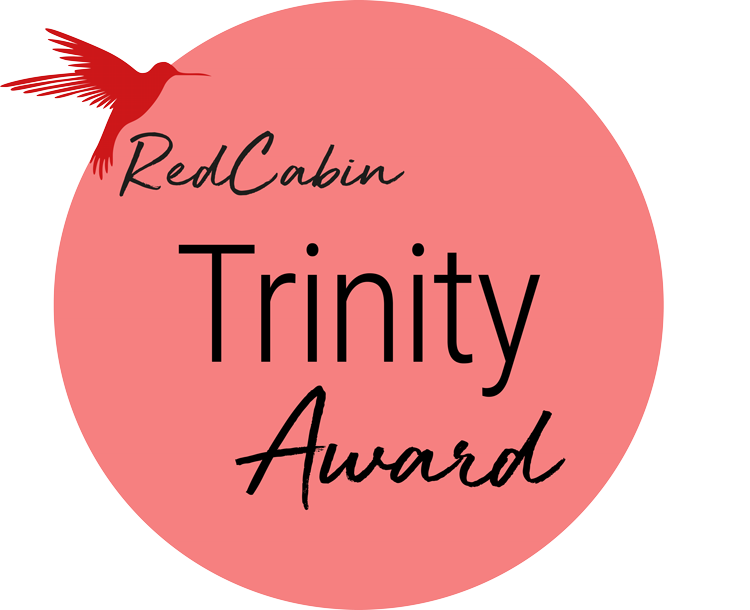
The RedCabin Trinity Award has been brought to live within the Aircraft Cabin Innovation Summit organized by RedCabin. By bringing the world’s greatest transport pioneers together, RedCabin is driving innovation, which is helping tackle the biggest and most pressing challenges across the aviation, automotive and rail industries. Built on our firm belief that collaboration leads to innovation, our RedCabin Innovation Summits are global forums for progress and represent positive change in the transport industry.
The RedCabin Trinity Award recognizes innovation in aircraft interior and first and foremost it brings transport pioneers together with innovators that apply for the award. As a RedCabin Trinity Award winner RedCabin will provide you with the opportunity of a collaboration with an airline. That way RedCabin will help on the next steps of the business cases and will therefore help to make the business case happen. This is our active contribution to support innovators with their concepts and enhance new solutions within the evolution of travel & transport. Uniquely the judging panel is exclusively made up of airlines and aircraft leasing companies – ensuing the awards reflect the real requirements of the industry.

This category comprises all concepts for future products including hardware experiences, software experiences and digital services, which represent innovations that push commercial aviation forward. The entry provides mainly a benefit for the passenger and should therefore also provide a great user experience to delight the passenger. Moreover it should ideally also be beneficial for the airline and should be financially viable. The submitted concept must be realistic in the sense that it has at least a 75% chance to become a product within two years. Successful concepts will be grounded in present-day technologies, working practices and infrastructure such that it could be developed and flying within a 2-year. Entries that will be considered will be concepts for integrated experiences such as enhanced boarding/deboarding, immersive entertainment, or economy seats, lavatories, bins, partitions, shades, socialising areas, lounges, sleeping areas, noise reducing systems or materials, user interfaces, lighting experiences e.g. but also complete cabin layouts or software including digital services applications. Concepts should not be older than two years to be considered as an innovation. Concepts for small components should not be considered. Please note that one specific entry is allowed for one specific category only. The judging criteria for this category will be: Passenger benefit (Utility); Operator benefit (Utility) as well as Grade of Innovation.
This category comprises all cabin concepts for future service models and products including hardware, software and digital services which represent innovations that push commercial aviation forward. The entry provides mainly a benefit for the airline. Ideally the service concept will also be beneficial for the passenger. Moreover it must be financially viable for the airline. The submitted concept must be realistic in the sense that it has at least a 75% chance to become a product within two years. Entries that will be considered will be future cabin service models and hardware such as parts of the galley like trolleys or even all galleys as an integrated galley system, monuments, interfaces, crew areas and entry areas e.g. but also complete cabin layouts, connected cabins or software including digital services like applications. Concepts should not be older than two years to be considered as an innovation. Concepts for small components should not be considered. Please note that one specific entry is allowed for one specific category only. The judging criteria for this category will be: Operator benefit (Utility); Passenger benefit (Utility) as well as Grade of Innovation.
This category comprises all cabin interior concepts for future products including service models, hardware, software and digital services which represent innovations that push the MRO sector forward. The entry provides mainly a benefit for the airline or for the leasing company as e.g. by saving time (TAT e.g.) and costs. Ideally the service concept will also be beneficial for the MRO companies. Those can be concepts for products, systems, services, processes like for the exchange of cabin material (e.g. carpets, seat covers etc.), for surface cleaning, seating replacement systems, for connected aircraft with preventive maintenance and many more. Moreover it must be financially viable for the airline. The submitted concept must be realistic in the sense that it has at least a 75% chance to become a product within two years. Concepts should not be older than two years to be considered as an innovation. Concepts for small components should not be considered. Please note that one specific entry is allowed for one specific category only. The judging criteria for this category will be: Operator benefit (Utility); MRO company benefit (Utility) as well as Grade of Innovation.
Thinking about aircraft cabins, how can the industry best contribute to net zero by 2050? This category requires innovative concepts for sustainable products, concepts, processes and services that can be implemented in the aircraft cabin or that have a strong aircraft cabin context. These can be systems that e.g. reduce weight, energy, especially fossil energy, the use of water or waste. It also comprises sustainable materials as well as complete production processes for the production of aircraft cabin innovations with a focus on recyclability. All entries must reduce the environmental impact across the full cabin life cycle. Concepts should not be older than two years to be considered as an innovation. The submitted concept must be realistic in the sense that it has at least a 75% chance to become a product within two years. Concepts for small components should not be considered. Please note that one specific entry is allowed for one specific category only.
These are the following four judging criteria and targets for the submitted concept in this category:
These criteria are multiple touchpoints that lead to an overall balance within the sustainability category. It is therefore important that a concept for this category needs to hit at least three of the four mentioned targets above for a successful submission.
A minimum of three different entities – each contributing approximately equal to the project – are coming together to create e.g a product, concept, process, service, a new technology or a new industry standard that brings a significant value to commercial aviation. The focus does not only lie in the result itself that has been created, but also on the approach to collaboration. The “approach” includes, for example, how entities work together in a trust building way, how entities resolve conflicting priorities, how they manage ownership of new intellectual properties, and others. To fulfill this specific requirement the applicant may also answer the following questions: How is this collaboration funded? How is the product/service information acquired/ updated/ crowd sourced? In which way is it a unique and unlikely symbiotic partnership?
Entities can consist of companies, universities & colleges, research institutes and associations, but also of individuals like designers, engineers, inventors or students. This category comprises all innovative concepts for products, concepts, systems or processes including hardware, software and digital services that are defined in the categories Passenger Experience Concept, Cabin Service Concept, Cabin MRO Concept and Sustainability Concept. The entry provides mainly a benefit for the operator and either for the MRO company or for the passenger and ideally for both of them. The submitted concept must be realistic in the sense that it has at least a 75% chance to become a product within two years. Concepts should not be older than two years to be considered as an innovation. Concepts for small components should not be considered. Please note that one specific entry is allowed for one specific category only. The judging criteria for this category will be applied from the corresponding categories mentioned above with regard to the specific entry.

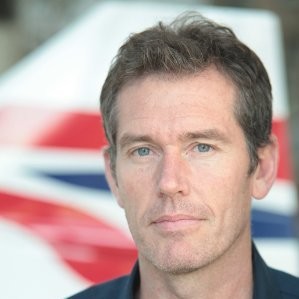
PETER COOKE
Riyadh Air


DAVID KONDO
Qantas
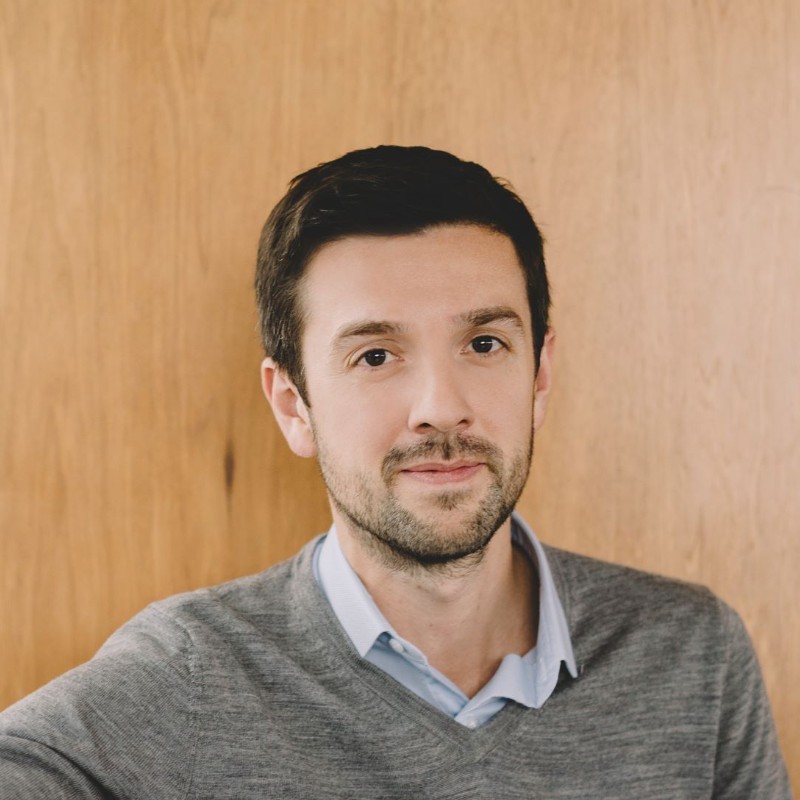
GUILLAUME VIVET


American Airlines

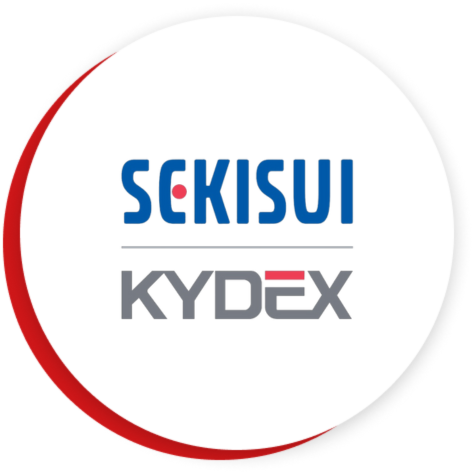
SEKISUI KYDEX innovates and creates sustainable thermoplastic material solutions for the next generation of product design to help enhance the passenger experience.
The KYDEX® Thermoplastics Quick Response Manufacturing (QRM) business model of manufacturing bespoke materials with short lead times in small quantities expands beyond thermoplastic sheet. The fully compliant KYDEX® portfolio also includes injection molding resins, proprietary Infused ImagingTM technology, integral special effects, unique textures, antibacterial protection and custom products and design.
The SEKISUI KYDEX appLabTM and designLab® Innovation Centers are collaborative spaces for clients and customers to bring the supply chain together for rapid prototyping and design development. These spaces are the bridge between engineering and art.
ISOVOLTA Group is a leading international manufacturer of electrical insulating materials, technical laminates and composites. With production sites on three continents, the company serves around 20 industries with innovative and customized material solutions.
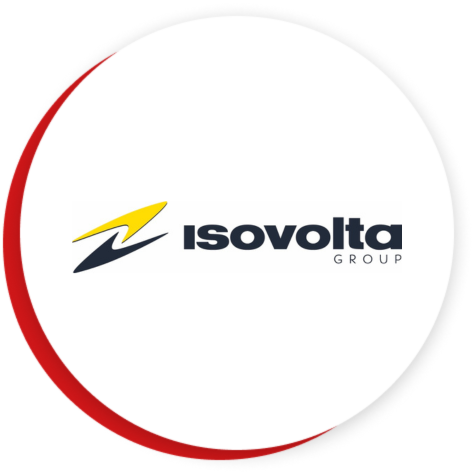
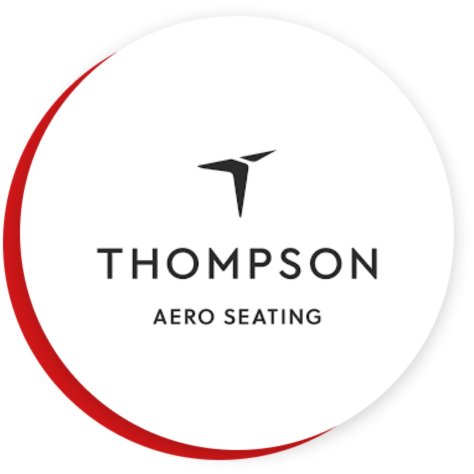
Thompson Aero Seating is recognised for cutting-edge design, engineering and manufacture of premium class, full-flat bed airline seating. Their bespoke solutions maximise passengers’ personal space and, through intelligent design, optimise every inch of the cabin.
Thompson is one of the leading suppliers of business- and first-class aircraft seating, with a worldwide customer base featuring many of the world’s top airlines. With increasing market share and an evolving and expanding product portfolio, Thompson seats are installed upon all major aircraft platforms, including Airbus A321, A330, A340, A350 & A380 and Boeing B737, B767, B777 & B787.
SCHOTT is redefining aircraft cabin lighting through cutting-edge design and optical innovation.
With over two decades of expertise, we develop customizable fiber optic and LED systems for seat, cabin, and monument illumination.
From sleek seat illumination to dynamic ambient lighting, our solutions combine precision, creativity, and certified performance.
Collaborating closely with designers and OEMs, SCHOTT empowers his customers to create distinctive, efficient, and memorable cabin experiences.
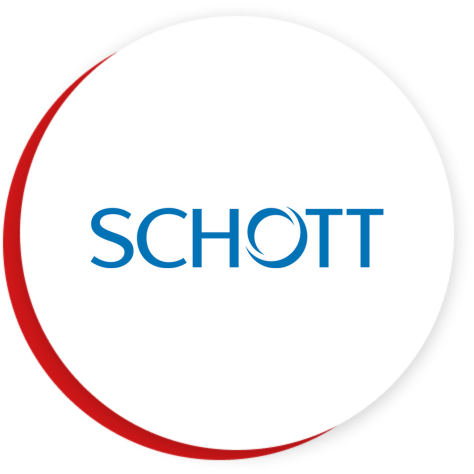
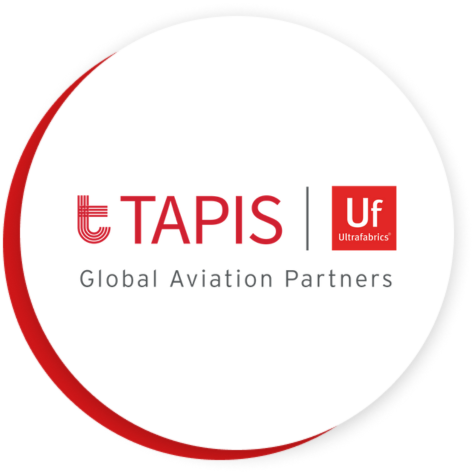
Since 1977, Tapis Corporation and Ultrafabrics have collaborated to provide superior materials to the aviation industry, and continue to lead in innovation, design and customization.
We leverage the art of creativity with the most advanced technology, and it is that synergy between disciplines that is becoming indispensable. Our work fuses creativity, instinct, imagination, rationality, and innovation, In other words – both sides of the brain working together.
We often call it a “techno-creative” approach to maximizing passenger comfort, durability, weight savings and sustainability.
Every entry to the RedCabin Trinity Award is going to be viewed by the Screening Executive Board in order to check if all requirements of the competition are fulfilled. Only those entries that meet all requirements will then officially be accepted and will be evaluated by the Jury members accordingly. This means that those entries will be shortlisted.
The Jury members will evaluate every short-listed entry according to the application material they have been provided with by the applicant. The complete evaluation process comprises two phases.
1. The main evaluation:
Every Jury member provides an individual score for every entry. The average score of every entry and all Jury members is the basis for the selection of the three finalists per category. Those candidates with the three highest average scores are going to enter the finals. The average score is so important because those Jury members, who are related to an applicant and his specific entry, have to abstain from voting. If that specific applicant enters the finals, then that Jury member will have to abstain from voting completely in that specific category.
The judging criteria for the scoring of the entries are as follows:
Passenger Experience Concept: Passenger benefit (Utility) 0-20 points.; Operator benefit (Utility) 0-20
pts.; Grade of Innovation 0-20 pts.
Cabin Service Concept: Operator benefit (Utility) 0-20 pts.; Passenger benefit (Utility) 0-20 points.;
Grade of Innovation 0-20 pts.
Cabin MRO Concept: Operator benefit (Utility) 0-20 pts.; MRO company benefit (Utility) 0-20 points.;
Grade of Innovation 0-20 pts.
Sustainability Concept: Reduced carbon emissions 0-20 pts.; Energy/ weight savings 0-20 pts.; Circularity
0-20 pts.; Impact on the environment 0-20 pts.; Grade of Innovation 0-20 pts.
Collaboration Excellence: See the judging criteria for the scoring of the corresponding category above.
New comer/ start-up: See the judging criteria for the scoring of the corresponding category above.
2. Selection of the winners at the remote Final Viewing
During the remote Final Viewing and in the presence of the Jury members every finalist will present his entry in a five-minute-pitch. After that, the Jury members will be allowed to ask questions. Each Jury member has one vote per category. The finalist with the majority of votes per category will be determined the winner. In case of a tie situation the average score of the main voting round will be the basis of the final decision.
The Winners will be awarded at the Award Ceremony on the 3rd of December 2025 during the Aircraft Cabin Innovation Summit in Dublin, Ireland.
In case of facing problems with uploading your application you are more than welcome to contact RedCabin:
Phone: +49 30 99 40 489 10
Email: info@redcabin.de
We will also help you fill out the form if you need our support.
Start of application period
End of application period
Remote Screening of all entries by the Screening Executive Board
Publication of the shortlist
Publication of the finalists
Remote Final Viewing
Physical Award Ceremony at the 2nd day of Aircraft Cabin Innovation Summit in Dublin, Ireland
Start of application period for 2025